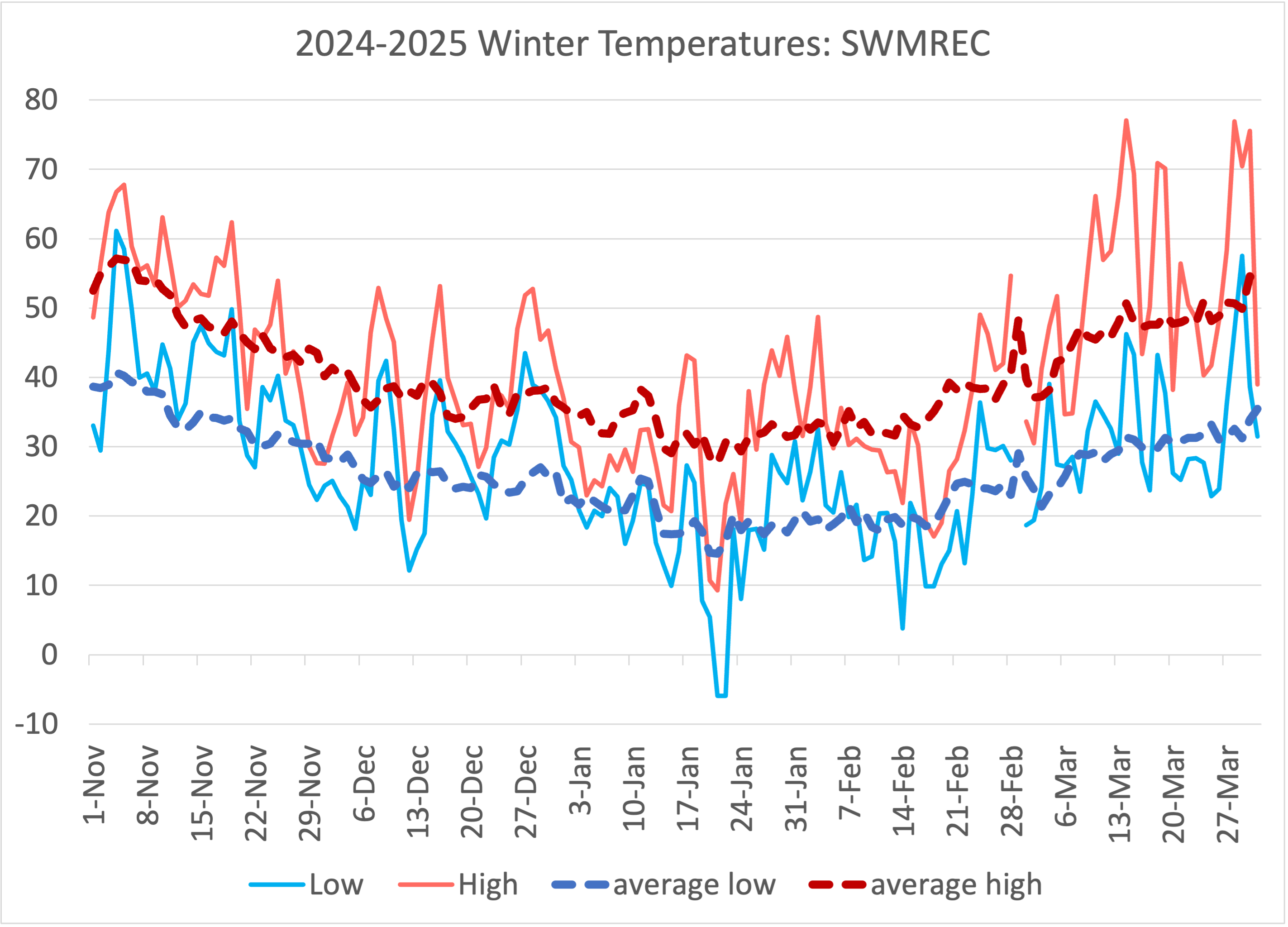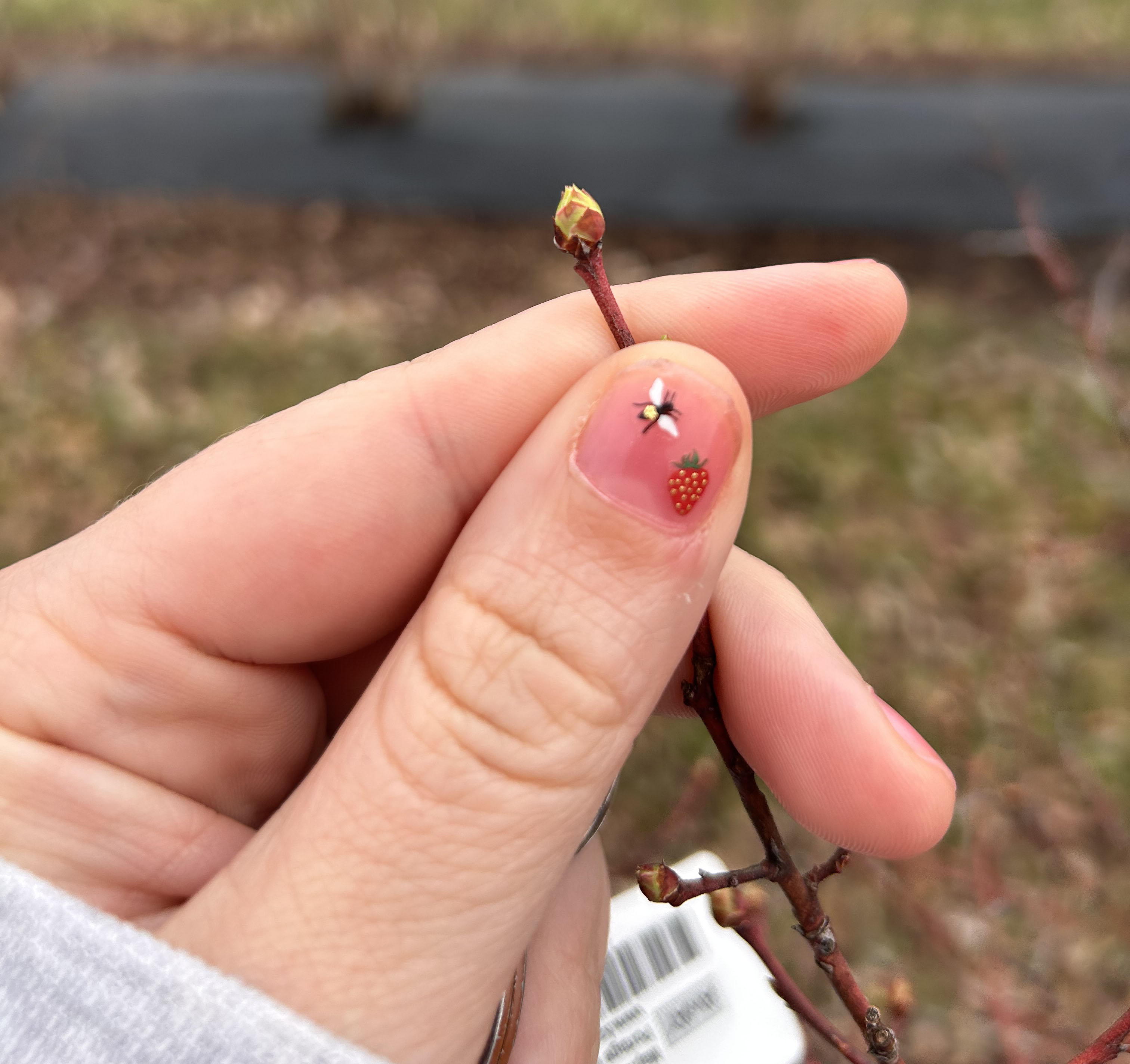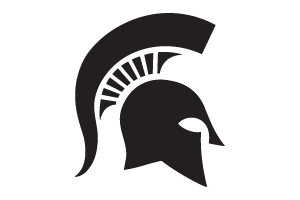Southwest Michigan fruit update – April 1, 2025
This is the first fruit scouting report of the 2025 season.

MSU Fruit Updates
Michigan State University Extension is in the process of filling the tree fruit specialist position based at the Southwest Michigan Research and Extension Center. Because of this, there will be a more abbreviated tree fruit section in our weekly updates until the position is filled. We are also moving our weekly integrated pest management (IPM) updates to a virtual format and dividing them to tree fruit and small fruit specific meetings. The small fruit weekly updates will be Tuesday evenings beginning April 1. Tree fruit weekly updates will begin later this month. We are hoping to return to joint small and tree fruit updates next year. Thank you for your understanding and happy spring!
Winter
The winter of 2024-2025 was as close to “normal” as southwest Michigan can expect. High and low temperatures rarely deviated more than 10 degrees from the long-term averages. The most notable cold event occurred Jan. 21-22 when we saw lows around -6 degrees. We should expect no significant bud damage.
Winter precipitation was near average. December started the winter season with above average precipitation that came as a mix of snow and rain. The rest of the winter was near or below average. Much of Michigan’s Lower Peninsula was in drought conditions as we entered the winter season. Drought conditions remain largely unchanged as of March 27, 2025.

March weather
Unlike the winter, March has seen variable temperatures. Southwest Michigan has seen two warm events on March 14, and again over the past weekend when high temperatures in the mid-70s were widespread. Precipitation has been near normal for much of the month.
A strong set of storms passed through the region on Sunday, March 30, bringing significant rain, wind and reports of tornadoes. Monday and Tuesday morning saw temperatures in the low to mid-20s in some locations with calm conditions. Some tree fruit are far enough along that some minor damage is possible, but only 10-20% damage is expected on the most advanced varieties.
The forecast for the upcoming week is for lows in the upper 30s and highs in the 50s. A significant storm is predicted for much of Wednesday, possibly with strong winds. More rain is predicted over the weekend.
The medium range forecast for April is for a cooler and drier month than average.
Tree fruit
Apricots are at first white in central Berrien County.
Peach and nectarine buds are swollen. The mild temperatures lately have made the trees prone to peach leaf curl infections. Infections require 10-plus hours of wetting with temperatures in the range of 46 to 55 degrees Fahrenheit. Treatment now can help suppress additional infections when these weather conditions occur even past bud swell. Low levels of copper also suppress bacterial spot populations.
In cherries, tart cherries at side green to early green tip in central Berrien County. Copper sprays can be safely applied to cherries. Copper applications may reduce bacterial canker in cherries.
Apple early variety Zestar is at half-inch green to tight cluster in Berrien County. Scab sprays will be needed to protect against future rains as green tissue emerges. Protectants are preferred over systemic fungicides at this time of year for scab control.
Pear buds have expanded so that the blossom buds are exposed. Pear psylla adults are flying. Scab sprays are needed as green tissue emerges.
Small fruit
Grapes show little movement. Bud swell has begun in Concord and Niagara as well as early wine varieties like Briana and Marquette.
Blueberries are at bud swell up through southern Allegan County. Growers still have time to apply copper, Sulforix or lime sulfur products to suppress early season diseases.

Strawberry overwintering mulches should be removed and raked between the rows. Some growers are putting out floating row covers. Growers are looking at early season herbicides to control overwintering weeds. When selecting an herbicide, check the preharvest interval (PHI).
Many bramble growers are dormant pruning. In summer bearing raspberries, last year’s primocanes should be headed (cut back) to the desired height and any remaining floricanes from last year should be removed. Fall bearing raspberries should be cut or mowed to the ground. Lime sulfur treatments for anthracnose can still be applied.
Upcoming meetings
This year, in lieu of our historical Monday Night Fruit IPM Meetings, we will instead be hosting Tuesday night small fruit IPM meetings. They will take place entirely online and will start at 5:30 p.m. on April 1 and will occur weekly until June 24. Sign up online. There will be IPM meetings for tree fruit as well beginning April 16. A link to sign up for that will be shared soon.



 Print
Print Email
Email


